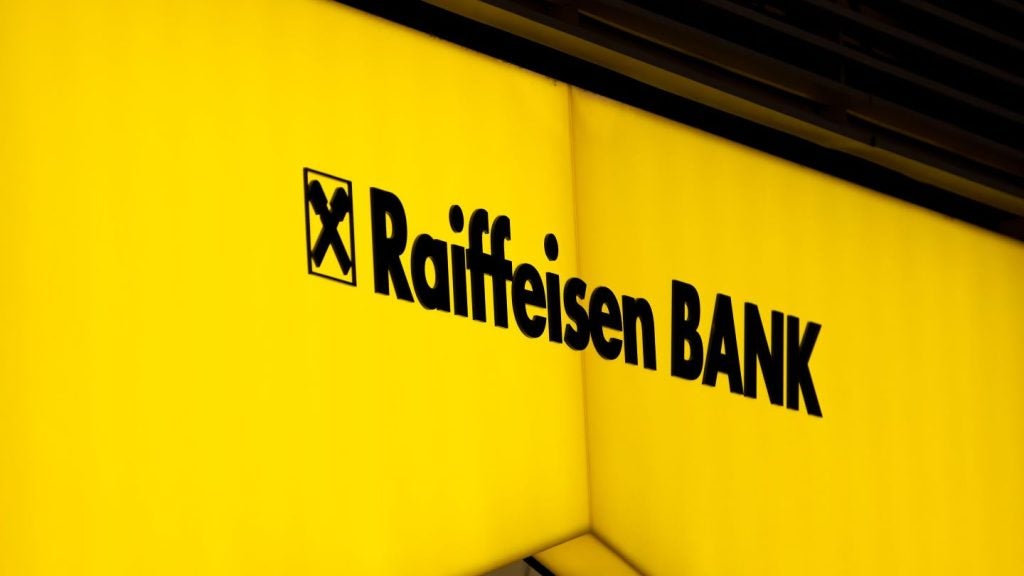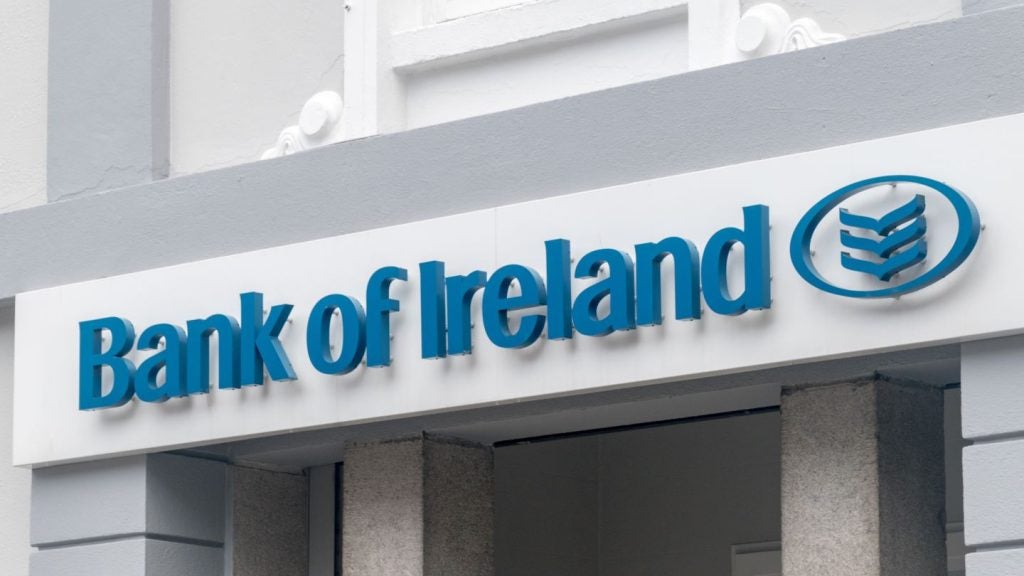The global effort to address climate change and achieve Sustainable Development Goals (SDGs) faces a staggering shortfall: $3.5 trillion annually in financing.
Public sector funding alone is insufficient to meet this immense need. The private sector must step up and fill the gap, particularly in lower-middle-income countries (LMICs), where the required volume far surpasses available public resources, whether domestic or through international climate finance from developed countries.
The European Commission’s High Level Expert Group (HLEG) on scaling up sustainable finance in LMICs recently delivered a sobering analysis. Despite LMICs (excluding China) accounting for 21% of global GDP, a mere 4.1% of EU pension fund assets and an even smaller 1.3% of EU insurance company assets are invested in these markets.
This underinvestment is driven by perceived risks, low credit ratings, inadequate sustainability information, and limited availability of green assets, creating a substantial barrier to private investment flows.
One major challenge is the disconnect between investor expectations and issuer capabilities. Investors in developed markets, such as the EU, often demand hard currency denominations, favourable regulatory capital treatment, and hedging mechanisms for floating-rate instruments. As interest rates rise in these markets, the disparity widens, making it even more difficult for LMIC issuers to attract necessary funds without incurring prohibitive costs and sacrificing flexibility.
Efforts to bridge this gap have included innovative financing structures like blended finance and debt-for-nature swaps. While these approaches offer potential, they often encounter significant hurdles in implementation. For example, debt swaps require complex negotiations, guarantees on new debt, and careful management of investor perceptions about credit risk and greenwashing — a concern when a large portion of proceeds is used for refinancing rather than direct climate or nature projects.
How well do you really know your competitors?
Access the most comprehensive Company Profiles on the market, powered by GlobalData. Save hours of research. Gain competitive edge.

Thank you!
Your download email will arrive shortly
Not ready to buy yet? Download a free sample
We are confident about the unique quality of our Company Profiles. However, we want you to make the most beneficial decision for your business, so we offer a free sample that you can download by submitting the below form
By GlobalDataThe HLEG’s recommendations highlight the need for policy adjustments to create a more conducive environment for private investment in LMICs. Current regulations, such as the EU’s Solvency II, can inadvertently make de-risked investments more costly than perceived high-risk assets, deterring investors. Aligning capital requirements to support sustainable investments could significantly enhance the flow of private capital to these regions.
Furthermore, discrepancies in sustainability definitions and gaps in data availability between developed markets and LMICs exacerbate the reluctance of private investors. The Sustainable Finance Disclosure Regulation (SFDR) in the EU sets high standards for demonstrating sustainability and avoiding significant harm. However, LMICs often lack the comprehensive data needed to meet these stringent requirements, leading to fears of greenwashing and ultimately holding back investments.
Despite these challenges, the imperative to scale up sustainable finance in LMICs is undeniable. These countries are on the front lines of climate change and nature loss, facing disproportionate impacts despite contributing less to the problem. Increased sustainable finance in LMICs is not only a matter of economic necessity but also a moral imperative. The spillover effects of environmental degradation will affect all countries, albeit inequitably, making global solidarity in financing crucial.
The private sector, with its vast resources, holds the key to bridging this financing gap. There is a compelling economic, social, and equity argument for increasing the flow of sustainable finance to LMICs. The urgency of the situation demands that sector players overcome technical, regulatory, and other barriers to unlock this potential.
First, addressing perceived risks through better information and credit enhancement mechanisms can make LMIC investments more attractive. Strengthening local financial markets and improving the availability of green assets will also be crucial. Policy frameworks should be reformed to align with sustainable investment goals, ensuring that regulatory requirements do not inadvertently discourage private sector participation.
Second, innovative financial products and partnerships, such as blended finance, should be expanded and refined. By combining public and private funds, blended finance can de-risk investments and attract more private capital. The success of these initiatives, however, depends on transparent and effective implementation, ensuring that the intended environmental and social benefits are achieved.
Lastly, international cooperation and knowledge sharing are essential. Developed countries must work closely with LMICs to build capacity, share best practices, and develop harmonised standards for sustainable finance. This collaborative approach can help overcome the disparities in regulatory frameworks and data availability, making it easier for private investors to commit their resources confidently.
In conclusion, the $3.5 trillion annual financing gap for climate and nature risks and achieving the SDGs cannot be bridged by the public sector alone. The private sector must play a central role in scaling up sustainable finance in LMICs. By addressing the barriers to investment and creating a more enabling environment, we can unlock the vast potential of private capital to drive sustainable development. The time for action is now, and the stakes could not be higher.
Charting a sustainable path at the Sustainable Finance Summit 2024
The hidden side of sustainability reporting: consultants’ role under scrutiny








